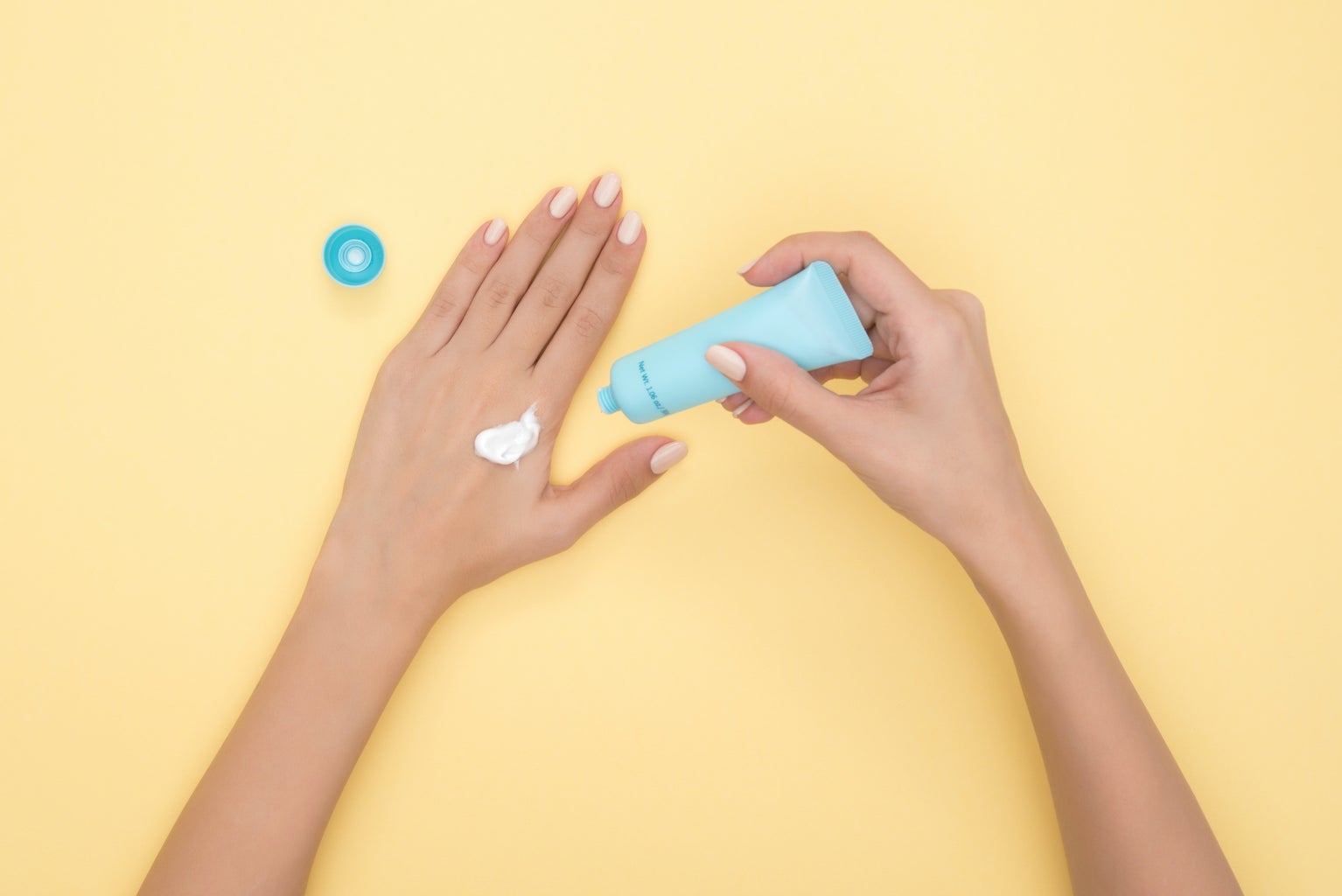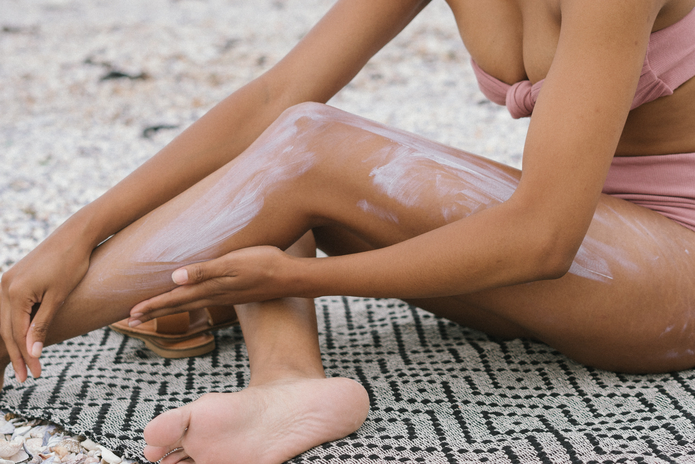Why Wear Sunscreen (even after the summer months)
Growing up while living in a lake community, as well as frequent family trips down the shore, I was always told, “WEAR YOUR SUNSCREEN!” My parents would slather it on me while we were at the beach all the time so I wouldn’t get a sunburn. But that was the extent of my sunscreen wearing days, June to August… EEEEKKKKK!
Now, this is pretty obvious but the sun is always in the sky, even if we can’t always see it. The sun emits not only heat but also ultraviolet rays. These ultraviolet rays can be extremely damaging to your skin by causing things like skin cancer. The point that I’m trying to make is that, why do you think you only need to wear sunscreen during the summer if it’s always in the sky? Then shouldn’t you always wear some type of sun protectant?
As I mentioned previously, by wearing sunscreen you’re helping to fight against the UV rays (more specifically UVA and UVB). Alright, full transparency here, I had no clue what the heck this meant a year ago. But now that I do, I can pass along the info that I have learned. The sun has these invisible harmful rays, called UVA and UVB rays. Think about UVA as aging – meaning that these can lead to wrinkles as well as fine lines, and for UVB think of burning – ie sunburn. I love the sun, and it has its benefits, but it can also be harmful to us later down the road, so it’s our job to protect ourselves from it.

The difference between Sunscreen and SPF
Alright, so now you know why you need to wear sunscreen, let’s talk about the difference between sunscreen and SPF. SPF stands for Sun Protection Factor. “The SPF value indicates the level of sunburn protection provided by the sunscreen product,” not the number of hours it will take for you to burn (FDA). Definitely read the label of your sunscreen to see how long before you need to reapply and if it’s water-resistant (typically you want to reapply every 2 hours, but it varies). You most likely want an SPF of at least 30. Sunscreen has SPF in it, but so do other products as well. Lots of different face products like moisturizers and foundations have SPF as well. This is great for that added sun protection. If you’re ever in a pickle because you wore some makeup, but don’t know how to reapply sunscreen, there are a couple of brands that make powders with SPF in them. These powders are a great way to mattify an oily face and reapply your sunscreen without messing up your makeup!
Chemical vs Mineral Sunscreen
You might not know this: there are two different types of sunscreen, Chemical & Mineral. Both do their part to protect you from the sun, but they do it in different ways. Chemical Sunscreen “ absorbs into the skin and then absorbs UV rays, converts the rays into heat, and releases them from the body” (Piedmont Healthcare). Mineral (aka physical) sunscreens act as a mirror on the skin. By putting it on your body, it acts as a mirror and immediately reflects the sun’s rays. I also NEED to stress that physical sunscreens tend to leave a white cast, and when I say “tend to,” I mean most of the time. Mineral sunscreens aren’t always the best cosmetic options, especially for someone with a darker skin tone. In the year of doing my research and HUNDREDS OF DOLLARS later (yes you read that right – please take my debit card away from me), I have yet to come across my holy grail mineral sunscreen that doesn’t leave a terrible white cast.
I could write a whole entire article on mineral sunscreen and why I prefer it, but I’ll briefly tell you why here. Mineral sunscreen protects you from the sun by using Zinc Oxide and/or Titanium Dioxide. Most chemical sunscreens use avobenzone, octinoxate, and oxybenzone, which are harmful to the environment. Hawaii has actually banned the use of chemical sunscreens (unless you have a doctor’s note) because of the impact it is having on their coral reefs. It causes stress to the reefs, which leads them to bleach (lose their color), and makes them weak and inhabitable.
I’m not here to judge the type of sunscreen you use, quite frankly if I can get one person who reads this to incorporate ANY sunscreen in their daily routine, I’ve done my job! Just passing on my knowledge to the rest of you, in hopes to better ourselves.
There are so many different articles and posts about sunscreen if you need help finding one that will best suit you. I think one of the best sources is YouTube because you’re able to see what the sunscreen might look like on your complexion and learn how the person’s skin reacted to the sunscreen.
The Style and Beauty Doctor has a bunch of different videos up on her channel and blog about sunscreen!
Also, can’t forget about the king of skincare, Hyram, who also talks a lot about sunscreen on his channel.
Ps: I would like to mention that I am a fashion student… not a doctor. LOL



